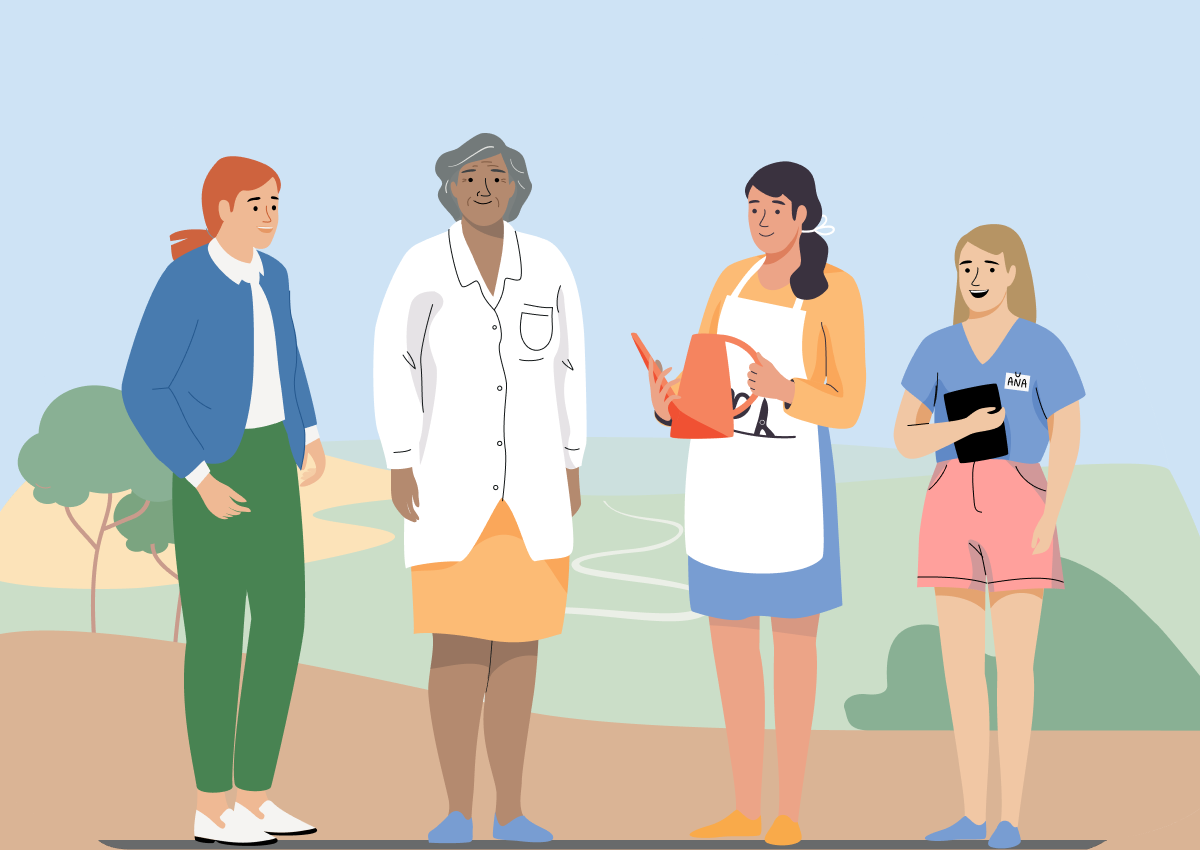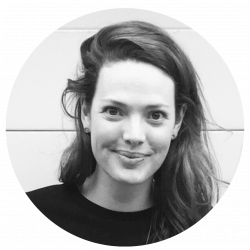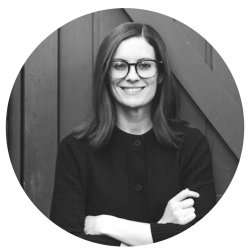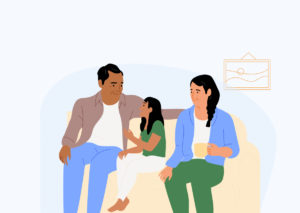
What does retirement look like for women in Australia?
Women in Australia retire with 40% less in superannuation than men, as they’re more likely to be out of the workforce to have children or provide care for family members.
When we think about this year’s International Women’s Day theme #ChooseToChallenge in the context of superannuation and personal finances, a few key stats come to mind. You might know that women in Australia retire with 40% less in superannuation than men, as they’re more likely to be out of the workforce to have children or provide care for family members. Combined with the gender pay gap that sees women earn an average of $25,534 less than men every year, women are much more likely to struggle financially in retirement. In fact, today, 34% of single women aged over 60 in Australia live in poverty.
More alarmingly, up to 16% of Australian women will experience financial abuse in their lives, which essentially renders women powerless in relationships, as their access to money is restricted by their partner. A new 4-part documentary, Women’s Work, produced by the Sydney Women’s Fund, is shedding light on these important issues; how we got here, why such disparity exists, and the steps we can all take as a society to help improve outcomes for women in Australia.
All 4 episodes of Women’s Work will be available shortly, and you can watch the first episode right here.
Building a better financial future for women
Personal finances are exactly that—they’re personal, and for many of us, talking about them can be uncomfortable. We’re having this conversation right here at Slate, and we talked to two of our women leaders about what this year’s International Women’s Day theme means to them, and their tips for living your best financial life.

Steph Gillon
GENERAL MANAGER
What does this year’s IWD theme #ChooseToChallenge mean to you?
For me, it means objectively considering the systems, structures and communities I find myself in and being intentional and strategic with my actions, to improve those places for women. This starts with challenging the limitations and biases I apply to myself, that hinder my ability to lead other women to take the same action. It’s often easier to sit back and accept the status quo, or leave it to someone else to care about. Choosing to challenge starts with a decision to act, to push back against my own inertia and apathy.
At Slate, we believe in empowering every Aussie to live their best financial life. How do you approach this in your own life?
For me, like many Australians, overspending is the biggest hindrance to living my best financial life. I spend unnecessarily when I’m bored, stressed or feeling low. A daily practice of mindfulness and meditation really helps me be aware of those feelings, and consider healthy ways of processing them.

Emily Butler
HEAD OF CONSUMER MARKETING
What does this year’s IWD theme #ChooseToChallenge mean to you?
For me, this is all about speaking up when something doesn’t seem right, and elevating women’s stories at a time when their voices are more important than ever. There are plenty of traditional values being dismantled and challenged every day in Australia and around the world, but there’s always more work to do. I started my marketing career in media 20 years ago, when gender bias and casual sexism was just another day in the office. I honestly didn’t even know it was a thing, the behaviour was so normalised. Seeing my female mentors challenge what it means to be a working woman and parent today has been a big inspiration to me, and I’m always learning and acknowledging that I have a responsibility to lift other women up.
At Slate, we believe in empowering every Aussie to live their best financial life. How do you approach this in your own life?
Developing a healthy, independent relationship with my money, and understanding how much I need to retire comfortably has been a big game-changer for me. I had 5 superannuation accounts before I left Australia for New York back in 2011—consolidating them via 5 different paper forms went very firmly into the too-hard basket as I packed up my life for the move. After I arrived in the city, I knew I had to get my act together and start adulting. I learned how to build my credit rating so I could rent an apartment. My now-husband and I started saving—I’m extremely fortunate to have a partner who shares every aspect of running our family 50/50. I opened a 401k retirement account as my employer made co-contributions—there is no compulsory superannuation system over there. I’m so grateful my boss at the time suggested I do this, as by the time I relocated back to Australia, my 401k was on par with what I had in those 5 superannuation accounts. And consolidating them turned out to be really easy—technology has come a long way in the past 10 years.
I’m really proud of our vision at Slate because we’re meeting Aussies where they’re at, and giving them the tools they need regardless of how far along they are in their financial journey. It’s never too late to start building healthy habits, and I’m excited about what we’re building here to support each and every one of our members.




